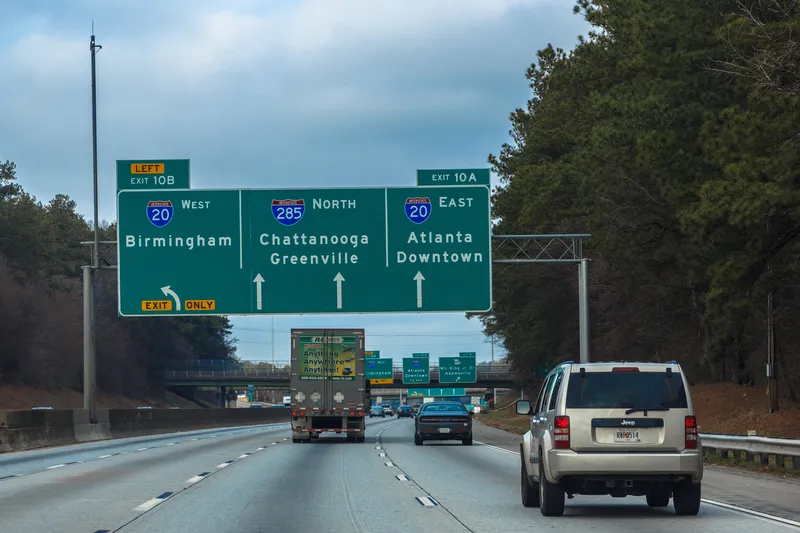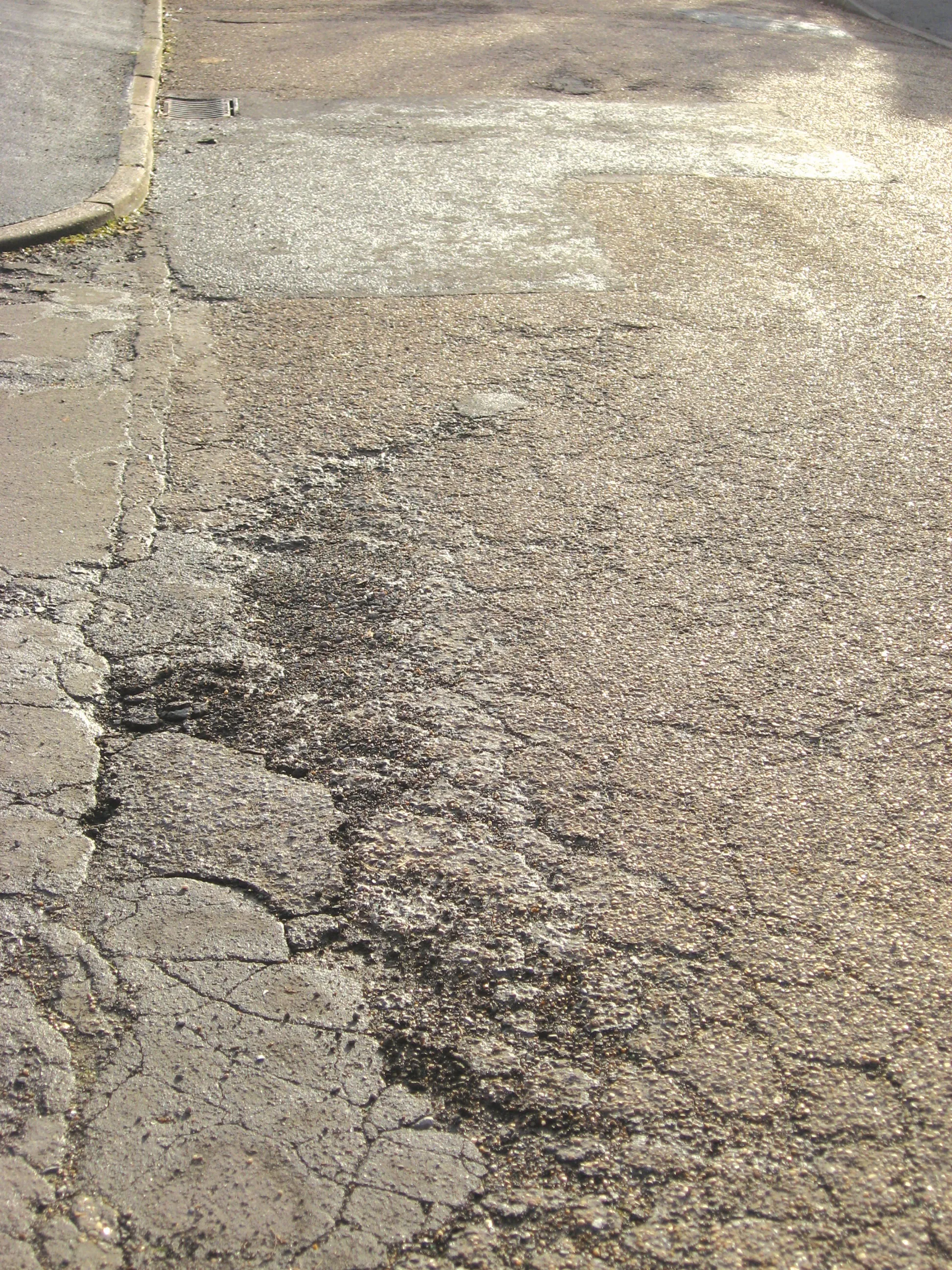A new road surface is required for the Ile-d'Orleans Bridge in Quebec, Canada. The resurfacing work is needed just four years after the surfacing works were completed. The problem is caused by a combination of the tough winter weather and the age of the bridge, which requires the asphalt to be laid in a much thinner layer than on more recent structures. The thin layer of asphalt is vulnerable to cracking and damage and this has resulted in rapid wear due to the freeze thaw effect. The maintenance work is ex
August 15, 2014
Read time: 1 min
A new road surface is required for the Ile-d'Orleans Bridge in Quebec, Canada. The resurfacing work is needed just four years after the surfacing works were completed. The problem is caused by a combination of the tough winter weather and the age of the bridge, which requires the asphalt to be laid in a much thinner layer than on more recent structures. The thin layer of asphalt is vulnerable to cracking and damage and this has resulted in rapid wear due to the freeze thaw effect. The maintenance work is expected to cost US$378,000 (C$415,000).









